Black and Red Swallowtail Butterfly: Beauty Explained!
The Black and Red Swallowtail Butterfly, scientifically known as *Papilio rumanzovia*, exhibits a wingspan of 12-14 centimeters. Its velvety black wings are adorned with vibrant red patches and delicate white spots, while females display larger markings than males.
Natural predators include birds, spiders, and parasitic wasps. Conservation efforts focus on habitat restoration and reducing pesticide use. Continue to discover more about its remarkable life cycle and behavior.
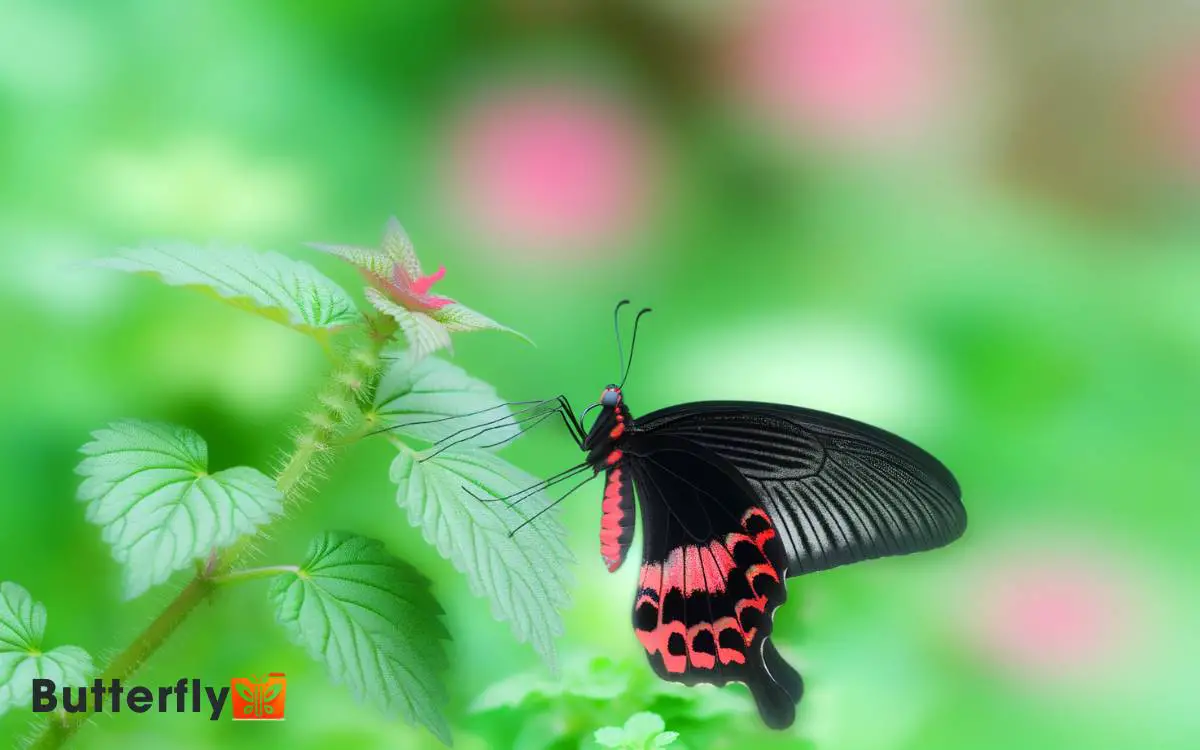
Key Takeaways
Physical Characteristics
The black and red swallowtail butterfly, scientifically known as Papilio rumanzovia, exhibits striking physical characteristics that aid in its identification and classification. Its vibrant red markings contrast sharply against its dark wings, making it a visually distinctive species. This butterfly is primarily found in the Philippines and thrives in tropical forests. Just as experts focus on identifying Ludlow’s Bhutan swallowtail, they rely on unique wing patterns and coloration to distinguish Papilio rumanzovia from similar species.
Its wingspan measures approximately 12-14 centimeters, displaying a dominant, velvety black coloration.
The hindwings feature vibrant red patches and delicate white spots, creating a stark contrast. The forewings have subtle, iridescent blue undertones. The body is strong, with a mainly black thorax and abdomen, both adorned with fine white markings.
Sexual dimorphism is evident; females typically exhibit larger, more pronounced red and white markings compared to males.
Additionally, their antennae are clubbed, aiding in sensory navigation. These distinctive attributes not only facilitate its recognition but also underscore its position within the Papilionidae family.
Natural Habitat
The Black and Red Swallowtail Butterfly (Papilio rumanzovia) thrives in tropical and subtropical climates, demonstrating a preference for warm, humid environments.
Observations indicate it frequently inhabits regions abundant with host plants from the Rutaceae family, such as Citrus spp.
Their larvae exhibit a significant preference for these plants, which are essential for their development and survival.
Preferred Climate Conditions
Inhabiting tropical and subtropical regions, the black and red swallowtail butterfly thrives in warm, humid climates with abundant vegetation. These environments offer the ideal conditions for Papilio rumanzovia, facilitating its complex life cycle.
The butterfly’s range extends across Southeast Asia, favoring temperatures between 20-30°C and relative humidity levels above 70%. Such ecological preferences guarantee peak metabolic function and reproductive success.
Observations indicate that these butterflies are most active during the wet season, when food sources flourish. They exhibit a marked preference for forested areas, both primary and secondary growth, which provide ample shelter and breeding grounds.
Common Plant Hosts
Papilio rumanzovia frequently depends on Aristolochia spp., Citrus spp., and Annona spp. as primary larval host plants, guaranteeing excellent nourishment and growth for its caterpillars.
These botanical selections are vital for the larvae, providing essential nutrients required for metamorphosis.
Aristolochia spp., known for its distinctive pipevine structure, offers a chemically rich environment that deters predators.
Citrus spp. serves as a versatile host with abundant availability, supporting larval feeding and development. Annona spp., with its broad leaves, provides ample surface area for oviposition.
Life Cycle
The life cycle of the Black and Red Swallowtail Butterfly (Papilio rumanzovia) begins with oviposition, where females lay eggs on host plants.
Upon hatching, larvae undergo several instars as they develop into caterpillars.
Pupation occurs next, transforming the caterpillar into a chrysalis, from which the adult butterfly will emerge.
Egg to Caterpillar
Starting as minuscule, spherical eggs, the black and red swallowtail butterfly‘s life cycle begins with females meticulously depositing them on host plants. These eggs, often laid on members of the Rutaceae family, are barely visible to the naked eye.
Within days, the eggs hatch into larvae, or caterpillars, belonging to the genus Papilio. The newly emerged caterpillars display intricate patterns and colors, which serve as camouflage against predators.
They voraciously consume the host plant’s leaves, growing rapidly through successive instars. Each molt reveals a larger, more vividly colored caterpillar.
This stage is critical, as they accumulate the necessary energy reserves for their impending transformation. Observing these stages offers insight into the delicate balance of their ecological niche.
Chrysalis to Adult
Upon reaching their full size, the caterpillars of the genus Papilio enter the pupal stage, forming a chrysalis where they undergo metamorphosis into adult butterflies.
Inside the chrysalis, imaginal discs transform into the butterfly’s wings, legs, and antennae. Cells break down and reorganize, facilitating the emergence of the adult form.
The black and red swallowtail butterfly, known scientifically as Papilio polyxenes, displays striking coloration and intricate patterns upon eclosion.
This stage, characterized by rapid morphological changes, typically spans 10 to 14 days. Once the butterfly emerges, it must quickly expand and dry its wings to prepare for flight.
The shift from chrysalis to adult encapsulates nature’s power of transformation, offering a moment of liberation as the butterfly takes its first flight.
Feeding Behavior
Although primarily nectar-feeders, the black and red swallowtail butterfly (Papilio polyxenes) displays a preference for specific host plants during its larval stage, with a particular affinity for those within the Apiaceae family.
Remarkably, the larvae consume plants like dill, fennel, and parsley, which provide essential nutrients for their growth and development.
The adult butterflies exhibit selective foraging behavior, mainly feeding on nectar from flowers such as milkweed, thistles, and clover.
This dietary specialization not only supports their energetic needs but also facilitates pollination, contributing to ecosystem health.
Observations reveal that Papilio polyxenes employs proboscis extension reflex to access nectar, showcasing their intricate feeding mechanics. These behaviors underscore the species’ adaptation and ecological role within their habitats.
Predators and Threats
Numerous natural predators, including birds, spiders, and parasitic wasps, pose notable threats to the black and red swallowtail butterfly (Papilio polyxenes).
- Birds, particularly those in the family Tyrannidae, are adept at capturing both adult butterflies and larvae.
- Spiders, from the order Araneae, construct intricate webs that ensnare unsuspecting adult butterflies.
- Parasitic wasps, especially those in the family Ichneumonidae, lay their eggs inside caterpillars, leading to larval mortality.
- Additionally, ants (Formicidae) often attack the vulnerable eggs and larvae.
These predatory pressures significantly impact the survival rates of Papilio polyxenes at various life stages.
The butterfly’s vivid coloration, while a deterrent to some predators, isn’t always effective, making the species highly susceptible to these diverse threats.
Conservation Efforts
Efforts to conserve the black and red swallowtail butterfly, Papilio polyxenes, focus on habitat restoration, mitigating pesticide use, and promoting native host plants.
Conservationists prioritize restoring ecosystems where Asclepias spp. and Daucus carota, key host plants, flourish.
Reducing chemical pesticide application is important, as these substances disrupt larval development and adult vitality. They advocate for integrated pest management (IPM) strategies to balance pest control with ecological health.
Additionally, promoting native flora supports not only P. polyxenes but also broader biodiversity. Community involvement in creating butterfly gardens and educational programs enhances public awareness and engagement.
These measures collectively aim to stabilize P. polyxenes populations and ensure their continued presence in their natural habitats.
Conclusion
As the sun dips below the horizon, the black and red swallowtail butterfly flutters one last time, its delicate wings catching a fleeting ray of light.
Will it evade the lurking predators? Can conservation efforts secure its fragile existence in an ever-changing world?
The intricate dance of survival continues, teetering on the edge of uncertainty, leaving us to wonder: will this magnificent creature’s story endure or fade into the annals of natural history?

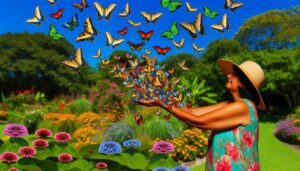
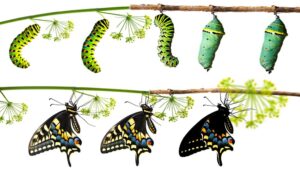
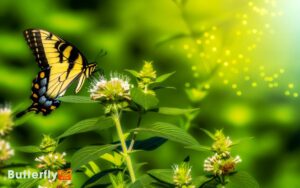
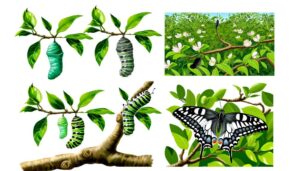
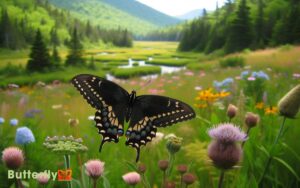
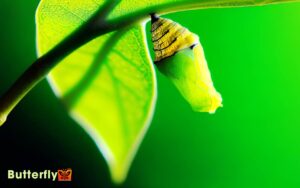
Can you be more specific about the content of your article? After reading it, I still have some doubts. Hope you can help me.
Thanks for sharing. I read many of your blog posts, cool, your blog is very good.
Thanks for sharing. I read many of your blog posts, cool, your blog is very good.
Your point of view caught my eye and was very interesting. Thanks. I have a question for you.
Your point of view caught my eye and was very interesting. Thanks. I have a question for you.
Thank you for your sharing. I am worried that I lack creative ideas. It is your article that makes me full of hope. Thank you. But, I have a question, can you help me?
Thank you for your sharing. I am worried that I lack creative ideas. It is your article that makes me full of hope. Thank you. But, I have a question, can you help me?